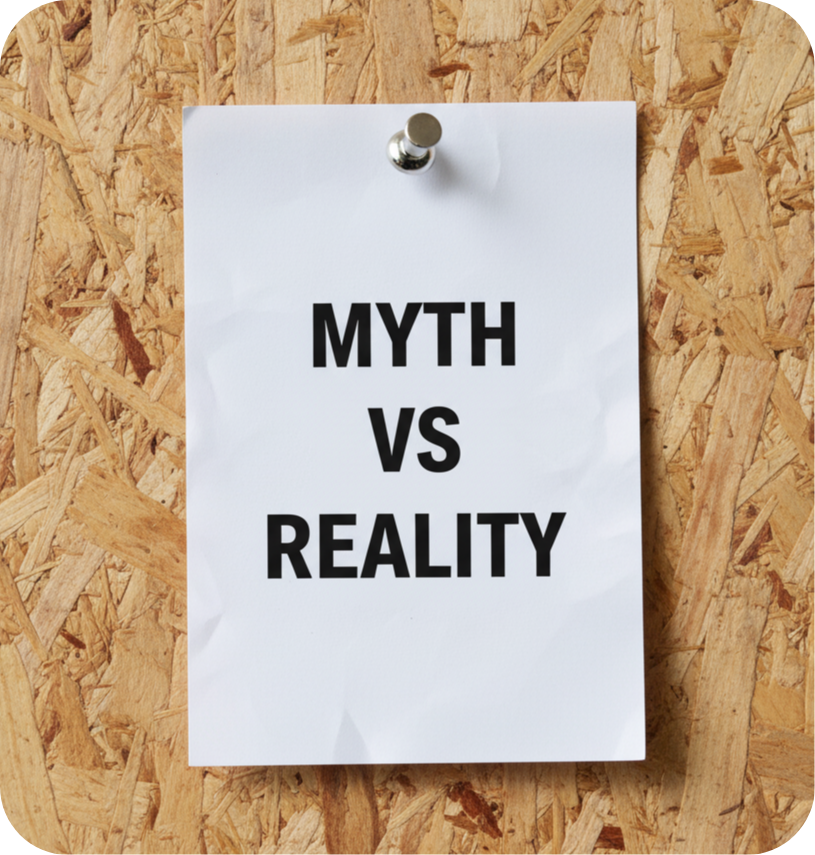Dyslexia is often misunderstood. Misinformation about dyslexia can prevent people from getting proper support. Here are six myths we regularly hear — and the truths behind them.
Myth 1: Dyslexia is a vision problem
Truth: Dyslexia is not caused by eyesight issues. It is a processing difference in the brain.
Myth 2: Dyslexia means low intelligence
Truth: Dyslexia does not affect intelligence. Many people with dyslexia have average or above-average intelligence.
Myth 3: Children outgrow dyslexia (Only children have it)
Truth: Dyslexia is lifelong and adults can also live with undiagnosed dyslexia. However with the right intervention, reading and writing can improve dramatically.
Myth 4: Only boys have dyslexia
Truth: Both boys and girls are affected equally — boys are just more likely to be referred for testing as their coping mechanisms tend to make them stand out.
Myth 5: Reading more fixes it
Truth: Without structured intervention, practice alone will not correct dyslexia.
Myth 6: There’s one “best” method for everyone
Truth: With the right approach, dyslexics can learn to read and write confidently. Effective programmes vary depending on the learner’s profile. Structured literacy and multisensory approaches are most supported by research.
👉 Read our full guide: Understanding Dyslexia
References:



